Cowpea Curly Top Virus – Learn To Manage Southern Peas With Curly Top Virus
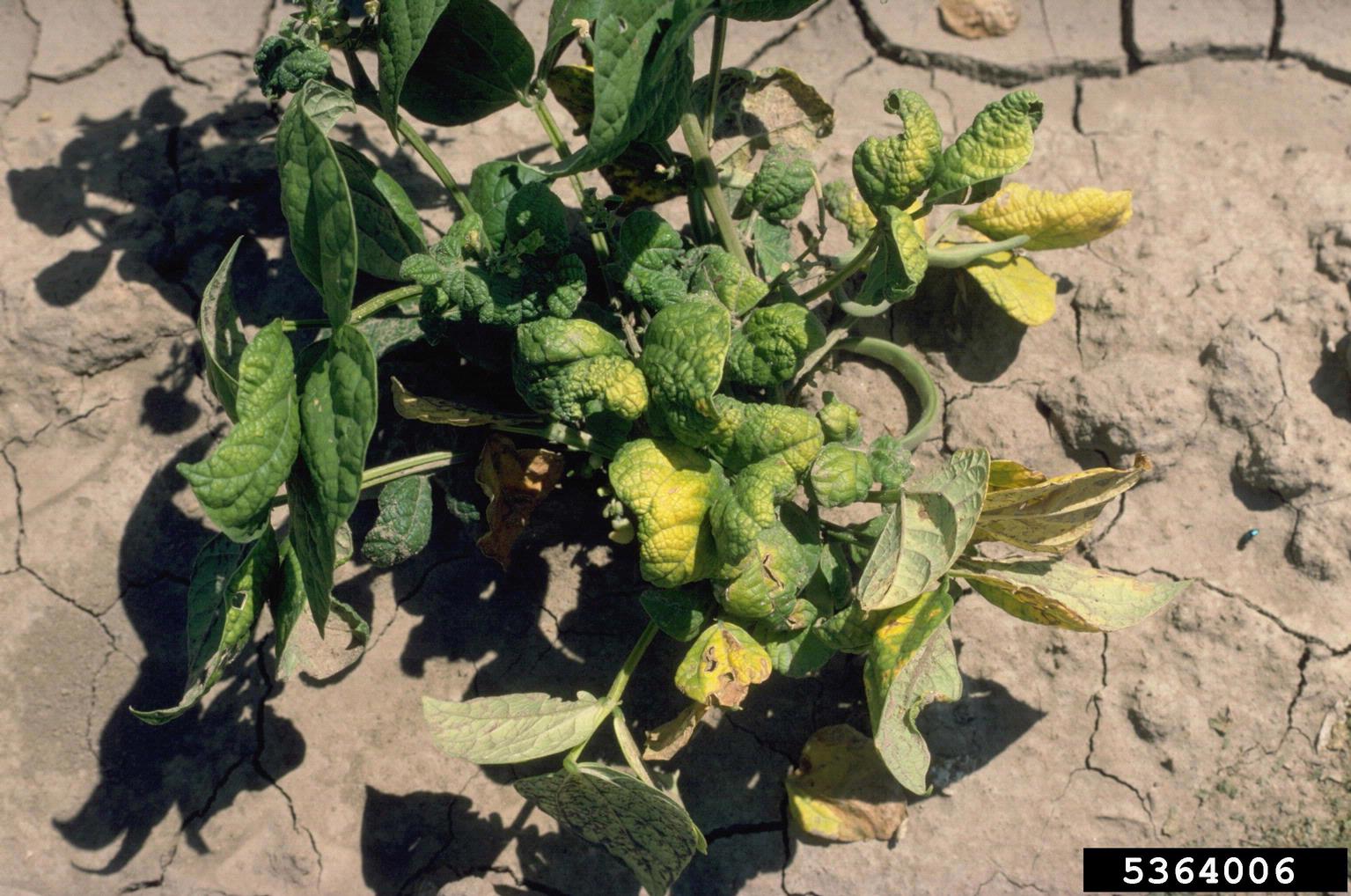

Southern pea curly top virus can leave your pea crop damaged if you don’t manage it. Transmitted by an insect, this virus attacks several types of garden vegetables and in southern pea or cowpeas, it can severely limit the year’s harvest.
Symptoms of Curly Top Virus on Southern Peas
Curly top virus is a disease transmitted specifically by the beet leafhopper. The incubation time of the virus in the insects is only about 21 hours, and that time shortens when conditions are warm or hot. The symptoms of the infection in plants like southern peas will begin to show up just 24 hours after transmission in hot temperatures. When the weather is cooler, it may take up to two weeks for symptoms to appear. The symptoms of cowpea curly top virus usually begin with stunting and puckering on the leaves. The name curly top comes from the symptoms the infection causes in the leaves of the plant: twisting, curling, and rolling. The branches also become distorted. They bend downward, while the leaves curl up. On some plants, like tomatoes, the leaves will also thicken and develop a leathery texture. Some plants may also show purple in the veins on the undersides of leaves. The infection is more likely to be severe and the symptoms more noticeable and widespread when the weather is hot. High light intensity also speeds the spread of the infection and worsens symptoms. High humidity actually reduces the disease, likely because it does not favor the leafhoppers. Low humidity will actually make the infection more severe.
Managing Southern Peas with Curly Top Virus
As with any garden disease, if you can prevent this infection, it’s better than trying to manage or treat the disease. Unfortunately, there is no good pesticide to eliminate beet leafhoppers, but you can protect your plants by using mesh barriers. If you have any weeds or other plants in the garden infected by the virus, remove and destroy them to protect your pea plants. You can also use vegetable varieties that are resistant to curly top virus.
Gardening tips, videos, info and more delivered right to your inbox!
Sign up for the Gardening Know How newsletter today and receive a free copy of our e-book "How to Grow Delicious Tomatoes".

Mary Ellen Ellis has been gardening for over 20 years. With degrees in Chemistry and Biology, Mary Ellen's specialties are flowers, native plants, and herbs.
-
 Terrifically Tubular Flowers For Hummingbirds: 9 Tube-Flowered Plants To Attract Hummers
Terrifically Tubular Flowers For Hummingbirds: 9 Tube-Flowered Plants To Attract HummersGrowing tubular flowers for hummingbirds helps you create the optimum feeding conditions for your winged friends. Here are nine tubed delights for hummers
By Tonya Barnett
-
 How To Grow Hydroponic Tomatoes For Fresh Indoor Harvests – No Soil Required
How To Grow Hydroponic Tomatoes For Fresh Indoor Harvests – No Soil RequiredLearning how to grow tomatoes in water is easy and allows you to harvest fresh-home-grown produce in every season without any mess.
By Ellen Wells
-
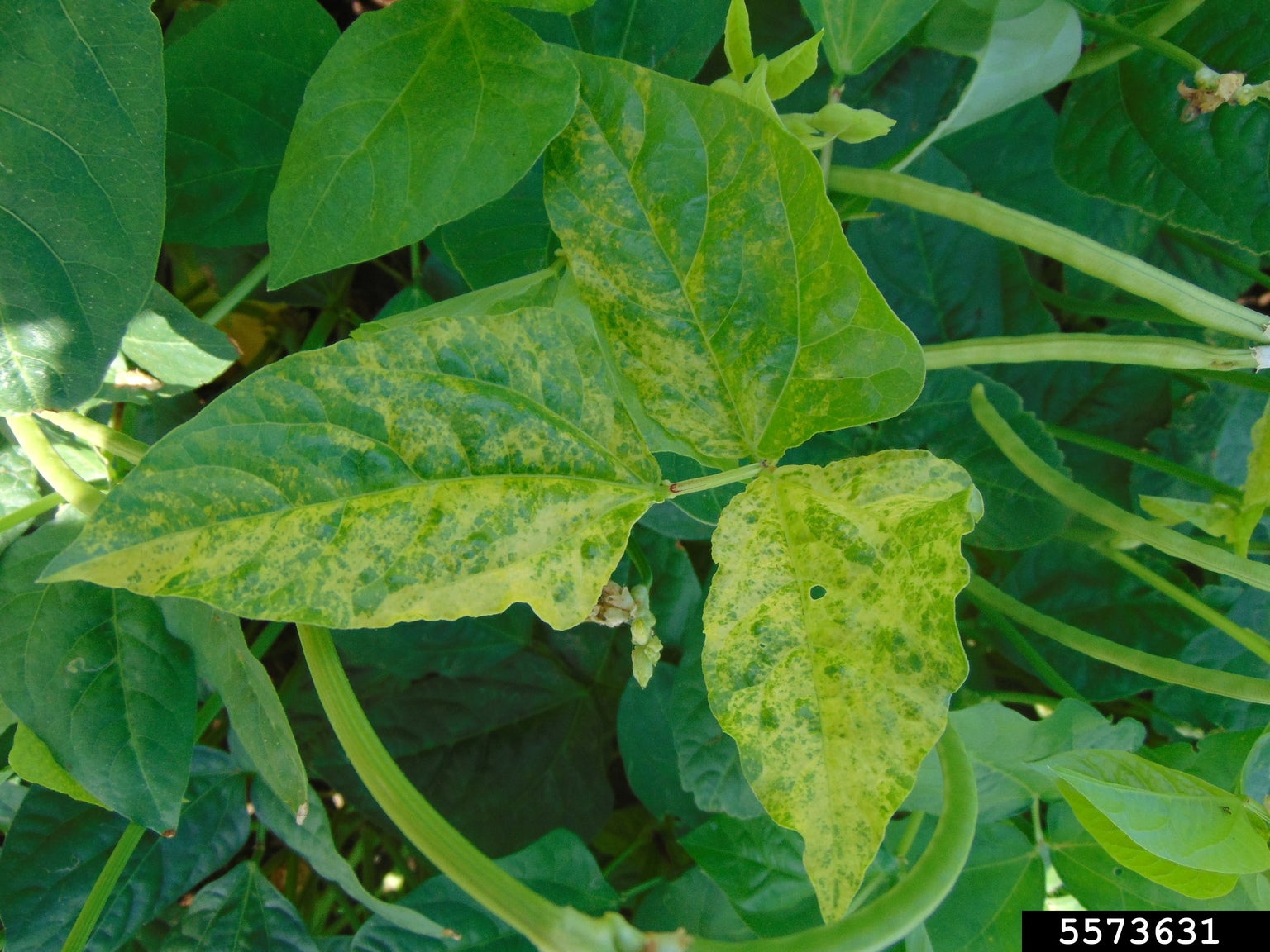 Southern Pea Mosaic Virus: Learn About Mosaic Virus Of Southern Pea Plants
Southern Pea Mosaic Virus: Learn About Mosaic Virus Of Southern Pea PlantsSouthern peas may be afflicted by a number of diseases, like southern pea mosaic virus. What are the symptoms of mosaic virus of southern peas? Learn how to identify southern peas with mosaic virus and control the virus in this article.
By Amy Grant
-
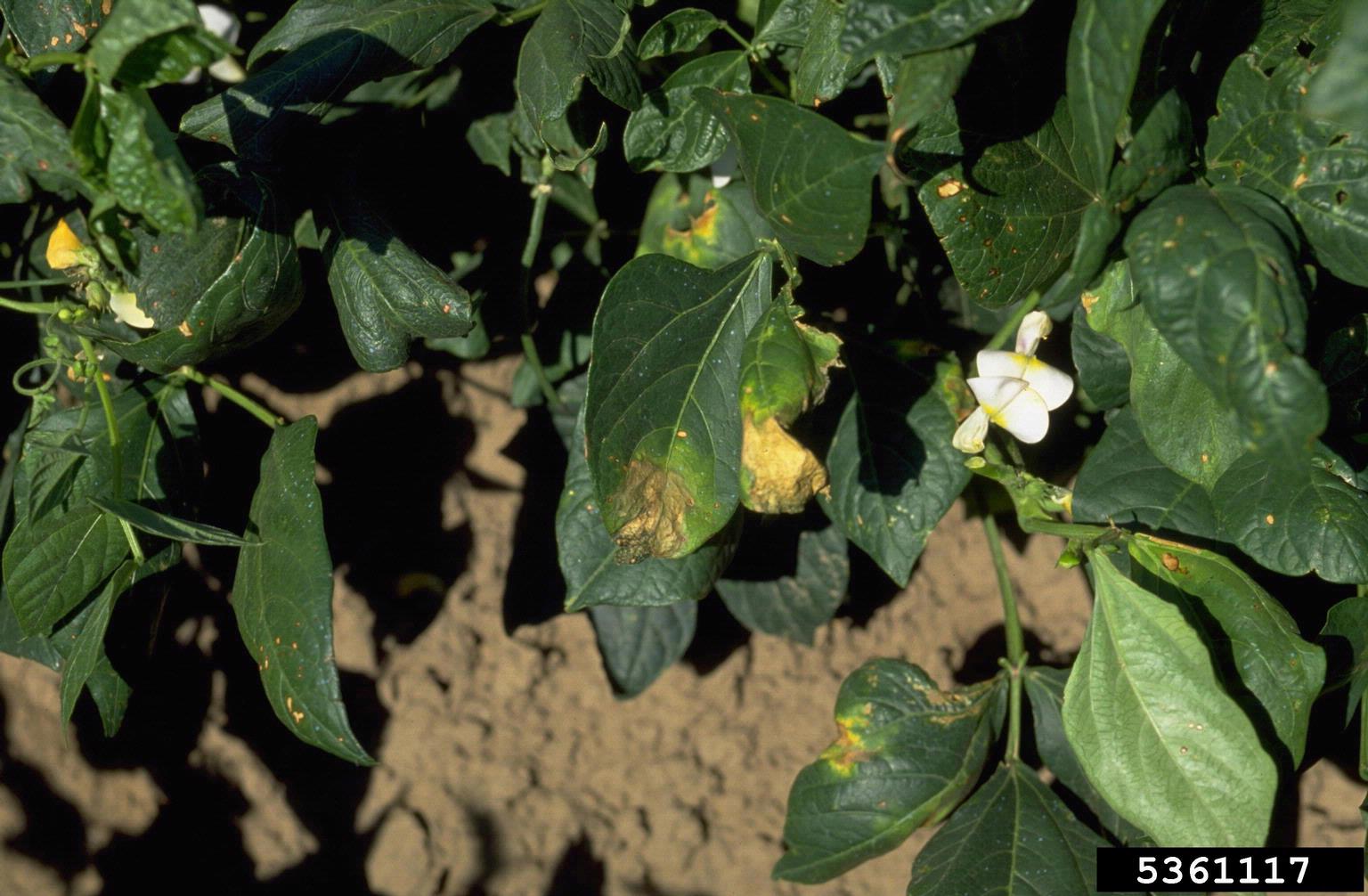 Burnt Southern Pea Leaves: Treating Southern Peas With Burnt Leaves
Burnt Southern Pea Leaves: Treating Southern Peas With Burnt LeavesSince the vegetables thrive in high heat regions, the cause of leaf burn on southern peas is rarely sunscald. Some investigation into the most common causes of leaf burn can help diagnose and treat the condition. Click here for more info on southern pea leaf burn.
By Bonnie L. Grant
-
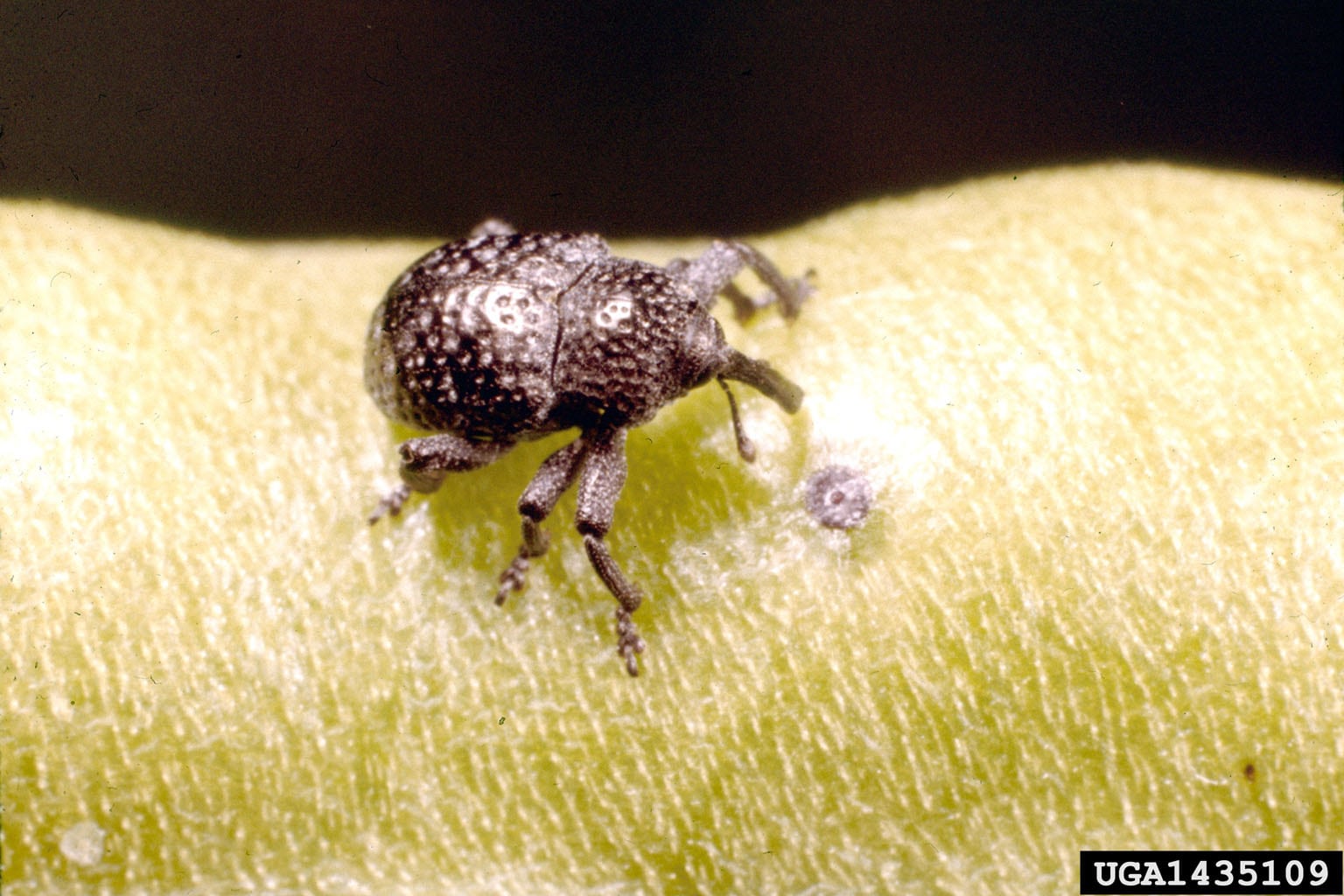 Cowpea Curculio Management – Information About Cowpea Curculio Damage
Cowpea Curculio Management – Information About Cowpea Curculio DamageThough the fast-maturing plants require minimal care, some pests could drastically impact cowpea yields. Knowing the signs of one such nuisance, cowpea curculio, will ensure that gardeners are better able to manage damage done to their plantings. This article will help.
By Tonya Barnett
-
Southern Pea Cotton Root Rot – Treating Texas Root Rot Of Cowpeas
Are you growing cowpeas or southern peas? If so, you'll want to know about Phymatotrichum root rot, also known as cotton root rot. For information about cowpea cotton root rot and its control, this article will help.
By Teo Spengler
-
Southern Pea Root Knot Nematode: Managing Root Knot Nematodes On Southern Peas
Southern peas with root-knot nematodes can suffer in multiple ways. The pathogen can damage the plants enough to reduce the harvest, but it can also make your peas vulnerable to other infections, including fungal and bacterial diseases. Learn more here.
By Mary Ellen Ellis
-
Southern Pea Pod Blight Control: Treating Pod Blight On Southern Peas
Southern peas seem to have a different name depending on what section of the country they're grown. Whether you call them cowpeas, field peas, crowder peas, or black-eyed peas, they are all susceptible to wet rot. Learn more in this article.
By Amy Grant
-
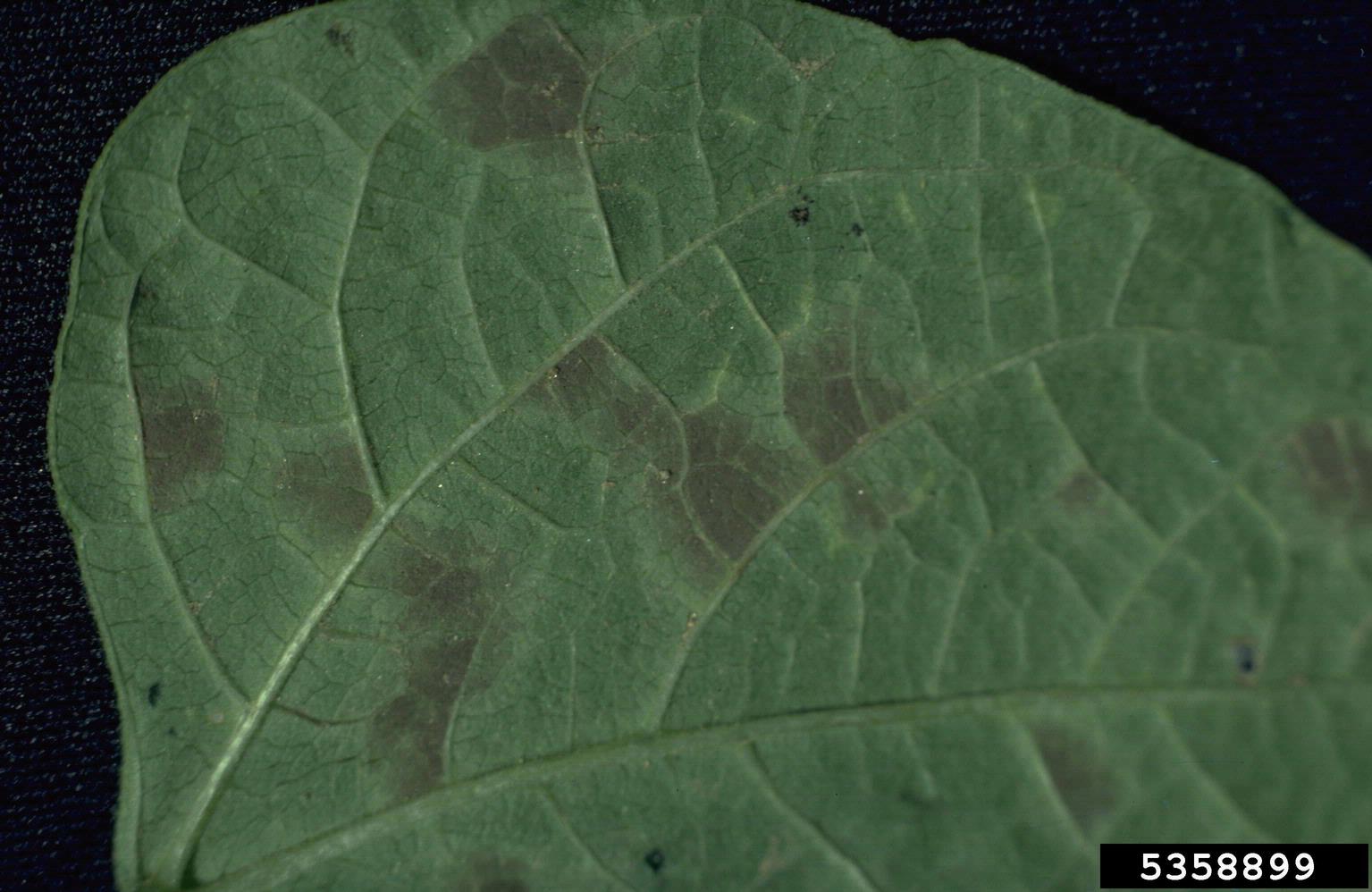 Cowpea Leaf Spot Diseases: Managing Southern Peas With Leaf Spots
Cowpea Leaf Spot Diseases: Managing Southern Peas With Leaf SpotsLeaf spots of cowpea, which can also affect lima beans and other legumes, causes significant crop loss in the southern United States. However, the fungus isn?t limited to the southern states and can also occur in other areas. Learn more here.
By Mary H. Dyer
-
Southern Pea Powdery Mildew Control – Treating Southern Peas With Powdery Mildew
It is important to recognize the symptoms of southern peas with powdery mildew in order to come up with a management plan before the problem becomes too severe. The following article contains information regarding southern pea powdery mildew control.
By Amy Grant